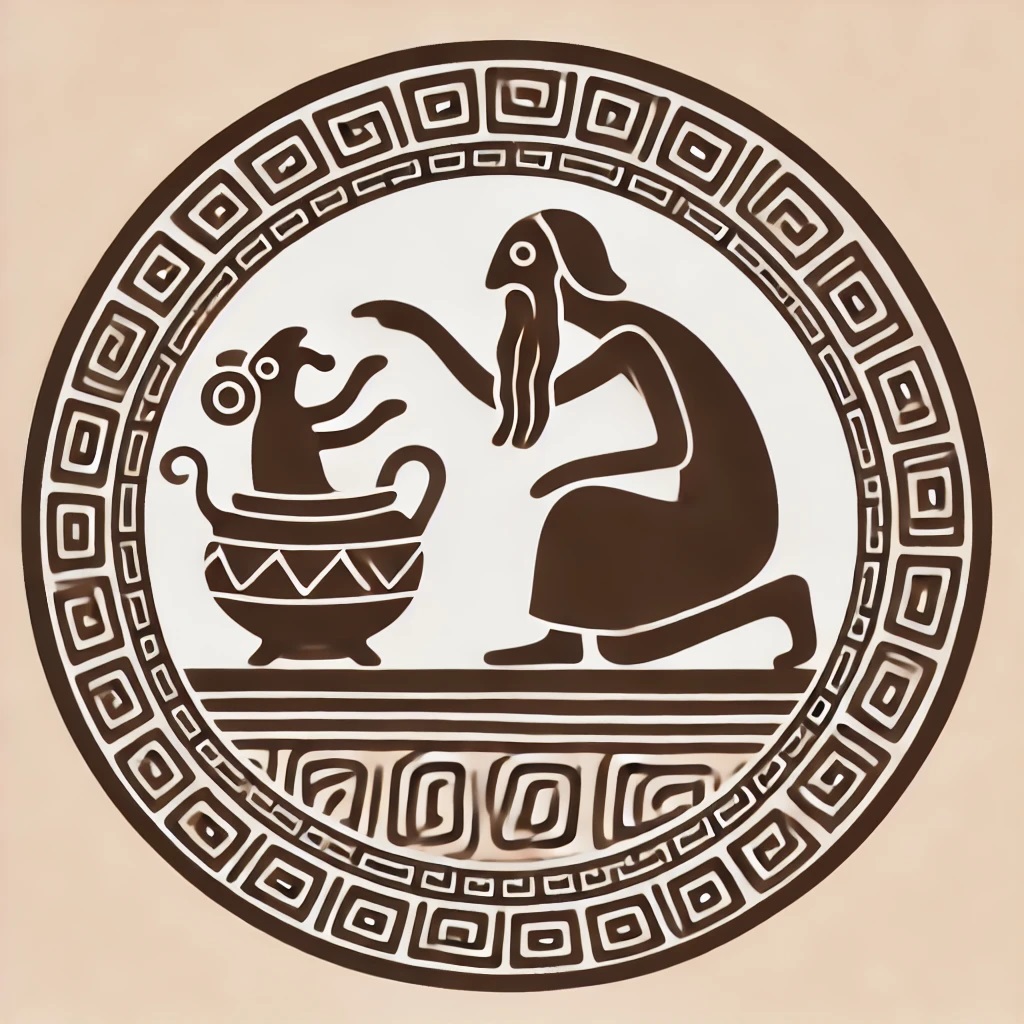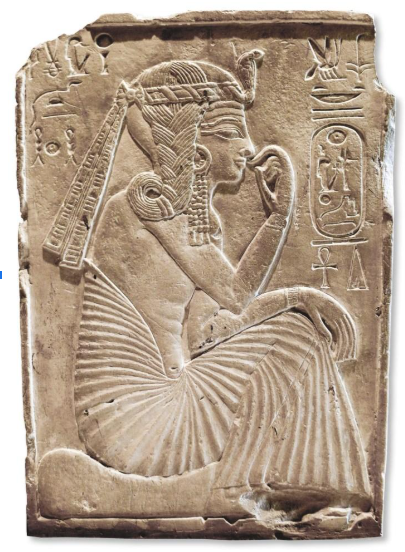Jewish Myths
"Jewish Clothing"

The Myth
There is a common belief today that certain clothing styles are inherently “Jewish.” For example, black pants, a white dress shirt, a suit jacket, sometimes a tie, and a black fedora are widely considered “traditional Jewish dress,” especially among Ashkenazic communities—and increasingly, even among Sephardic Jews.

The Reality
This entire concept is historically and halachically inaccurate.
That specific style of dress is not “Jewish” in origin. In fact, it was the standard formal European clothing of the late 1800s and early 1900s. Ironically, at Nazi rallies, those who weren’t in uniform were often dressed that way—black suit, white shirt, black hat. No one would claim that they were wearing “Jewish clothing.” It was simply the fashion of the time.
Chassidic Dress
The Hasidic garb (like the bekeshe or long coat, and the shtreimel, a fur hat) is no different. These items originated from Eastern European nobility hundreds of years ago. They were designed for cold climates. Today, you’ll find Hasidic Jews wearing them in the blazing heat of Florida—not because they are Jewish garments, but because of a cultural inertia that has confused old European style with Torah observance.
Even more strange is the recent phenomenon of Sephardic Jews adopting Ashkenazic European styles as their “Jewish clothing.” Why? Why shouldn’t the Ashkenazim start dressing like the old Sephardic sages, with robes and turbans, which would have them looking more like Osama bin Laden?


The Halachah
People often cite a Midrash that claims the Jews in Egypt were saved in the merit of not changing their names, their clothing, or their language. Some use this to claim that we are obligated to have “Jewish clothing” today.
But Rav Moshe Feinstein (Igros Moshe, Y.D. vol. 3:93) clearly explains that this rule was specific to the time of Egypt—before the giving of the Torah. The Jews had no mitzvot yet to distinguish themselves, so they maintained their identity through names, language, and clothing. Once the Torah was given, we are distinguished by our mitzvot and our adherence to Torah, not by external style choices.
Let’s Look at the Facts:
- The Talmud itself is written in Aramaic, not Hebrew.
• Many of the rabbis in the Gemara have Aramaic names, not Hebrew ones.
• Some books of the Tanakh (like parts of Daniel and Ezra) are also written in Aramaic.
• The Rambam wrote his major work on the Mishneh in Arabic, not Hebrew or Aramaic.
• Countless Rabbinic works were originally written in foreign languages and only later translated into Hebrew.
Clearly, the idea that language, clothing, or even names must remain “pure” and Jewish is not grounded in Torah law—it’s a cultural concept that doesn’t reflect Jewish history or halachic reality.
The Bottom Line
There is no such thing as “Jewish clothing” in the halachic sense. While there is a requirement not to dress like idol worshippers, that is the specific clothing used for idol worship which we don’t see today. Otherwise, the Torah never commands us to wear a certain style of dress—outside of tzitzit and tefillin. The obsession with “Jewish-looking clothing” is a modern construct, often based on nostalgic or cultural reasons, but it has no basis in Jewish law or tradition.
What makes us Jewish is not our hat, coat, or pants—but our Torah, our mitzvot, and how we treat other people.

